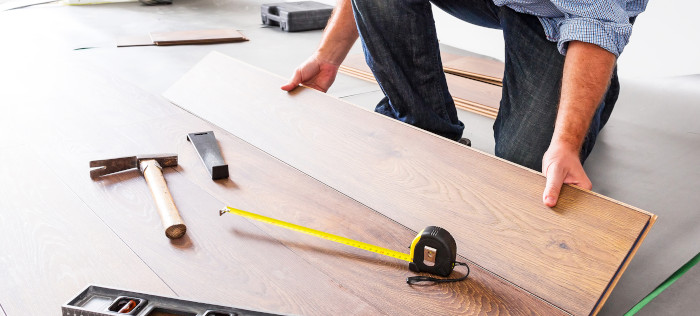
When flooding or standing water affects your home, one of the biggest questions is what to do about your flooring. Tile is often praised for its water resistance, but it is not invincible. Beneath the surface, hidden moisture can lead to long-term problems. As a company that specializes in insurance restoration for Atlanta, we often guide homeowners through the tough decisions following water damage. One of the most common dilemmas is whether tile flooring should be repaired or completely replaced.
Why Insurance Restoration Should Be Your First Step
The first thing to consider after a flood is not just the damage you can see but the potential for hidden issues. Moisture can seep into grout lines, underlayment, and subflooring. These hidden pockets of water create perfect conditions for mold growth and structural deterioration. That’s where insurance restoration becomes essential.
Our dependable restoration team will inspect the damage thoroughly and work with your insurance provider to make sure your claim is properly documented. You shouldn’t have to navigate this process alone. Whether it's standing water from a plumbing leak or a full-blown flood, your best option is to call in professionals who specialize in insurance restoration.
Tile May Survive, But What's Underneath Might Not
Tile itself is often durable enough to survive a flood, especially if it's ceramic or porcelain. However, survival does not always mean it's safe to keep. Water can find its way into the smallest cracks and crevices, compromising the materials underneath. This leads to swelling, warping, and even mold growth if not addressed quickly.
Even if your tiles look fine at first glance, underlying issues can cause them to loosen or crack over time. That’s why part of our job as a dependable restoration team is to evaluate not only the surface but also the subfloor, grout condition, and air quality around the damaged area.
Key Considerations Before Deciding to Replace
Before deciding whether to replace your tile floors, several factors should be assessed. Each home is different, but here are some common points to consider:
- Extent of Water Exposure: How long did the tile sit in standing water?
- Type of Tile and Grout: Porcelain may resist moisture better than natural stone or certain grouts.
- Condition of the Subfloor: Has the underlayment or subfloor absorbed water?
- Signs of Mold or Mildew: Is there any musty smell or visible growth around the flooring?
- Insurance Coverage: What part of the replacement or restoration is covered under your policy?
All of these points help determine whether a full tile floor replacement is necessary or if drying and repairs will suffice.
How Insurance Restoration Streamlines the Process
Navigating repairs after water damage is stressful enough without having to deal with insurance headaches. This is where insurance restoration services become so valuable. We communicate directly with adjusters, provide photo documentation, and ensure everything meets code and policy standards. This not only speeds up recovery but also minimizes out-of-pocket expenses for the homeowner.
Because we specialize in this service, we know exactly how to manage the process from start to finish. From removing damaged tiles to replacing subfloors and matching existing finishes, every step is coordinated for quality and compliance.
Act Quickly to Minimize Further Damage
Time is critical when you're dealing with water damage. The longer you wait, the greater the chance of hidden mold or permanent structural issues. Whether the damage is visible or not, a professional inspection is the only way to make an informed decision.
Contact our team today at 404-319-0359 to schedule your flood damage assessment and get expert help with your flooring restoration. We'll guide you through your insurance options and deliver high-quality results that last.

